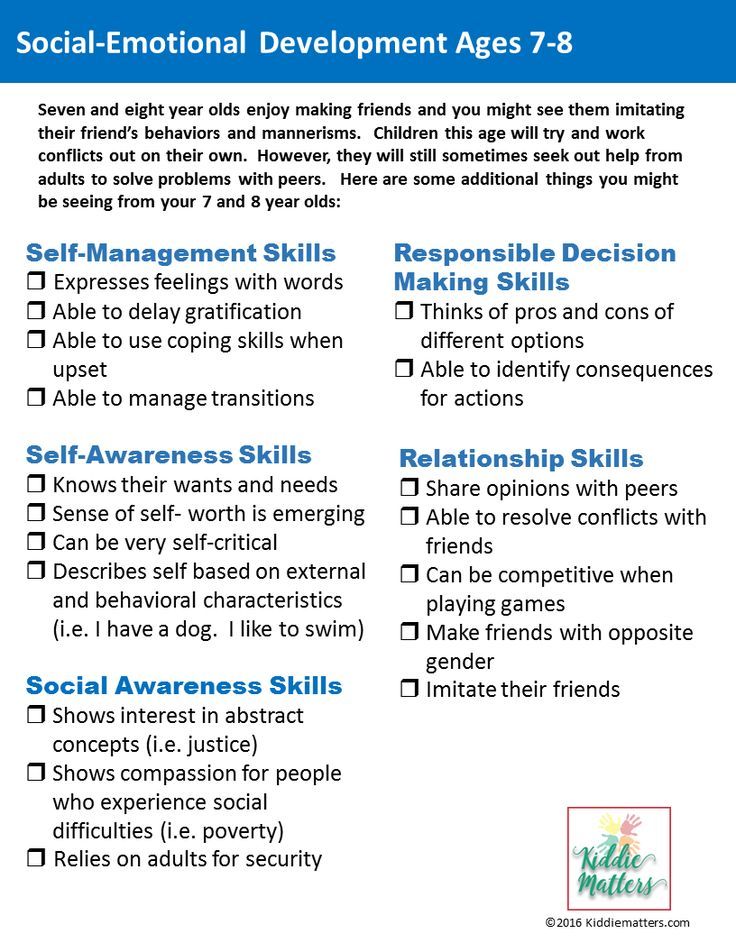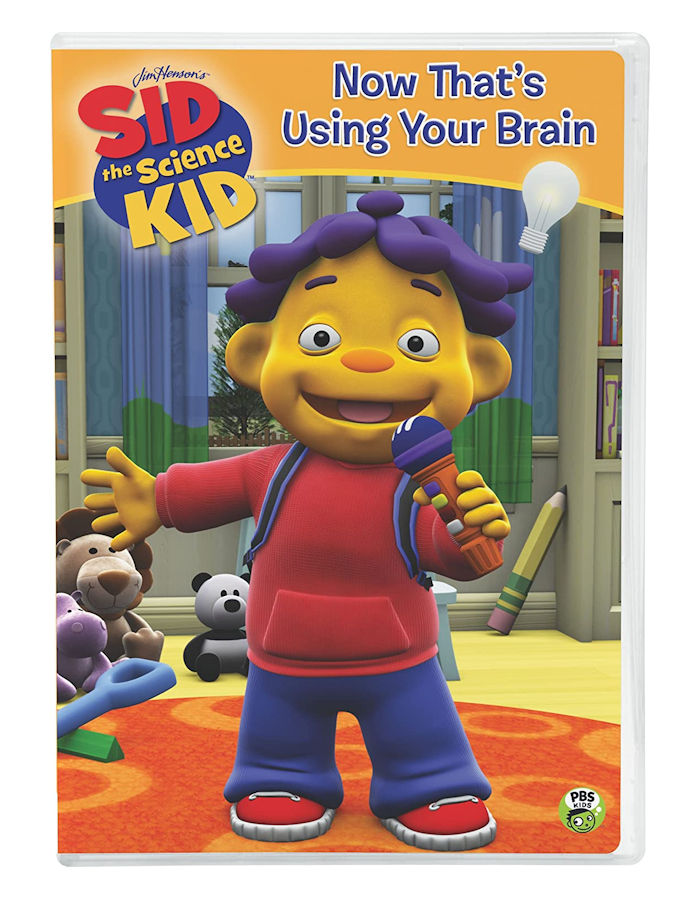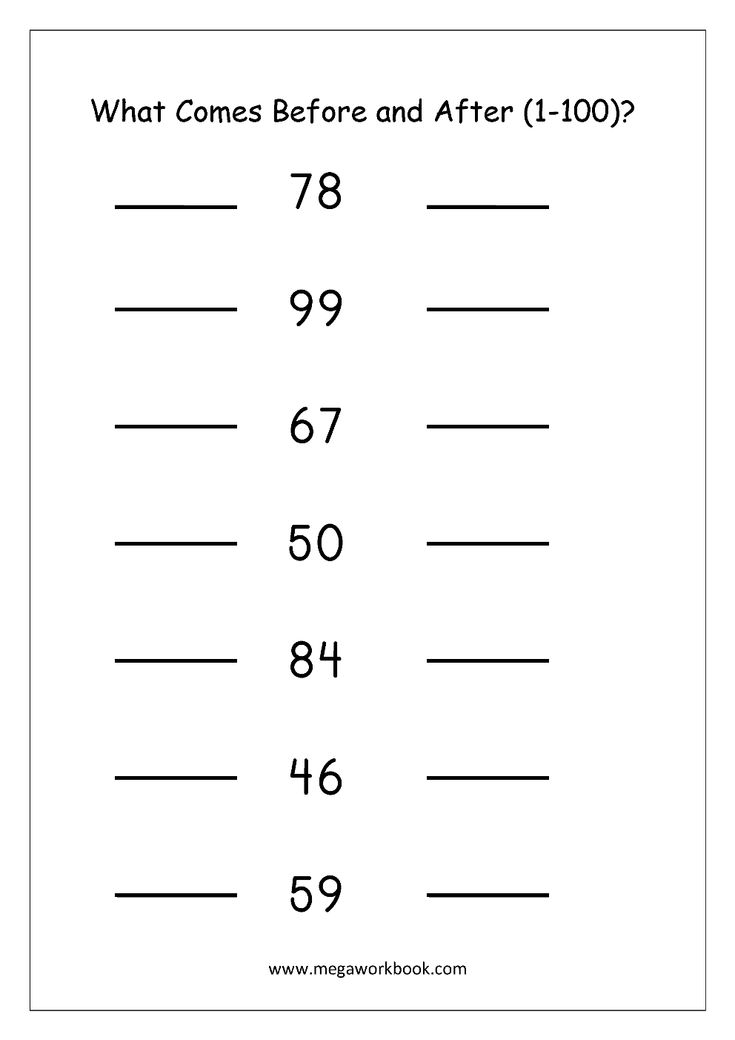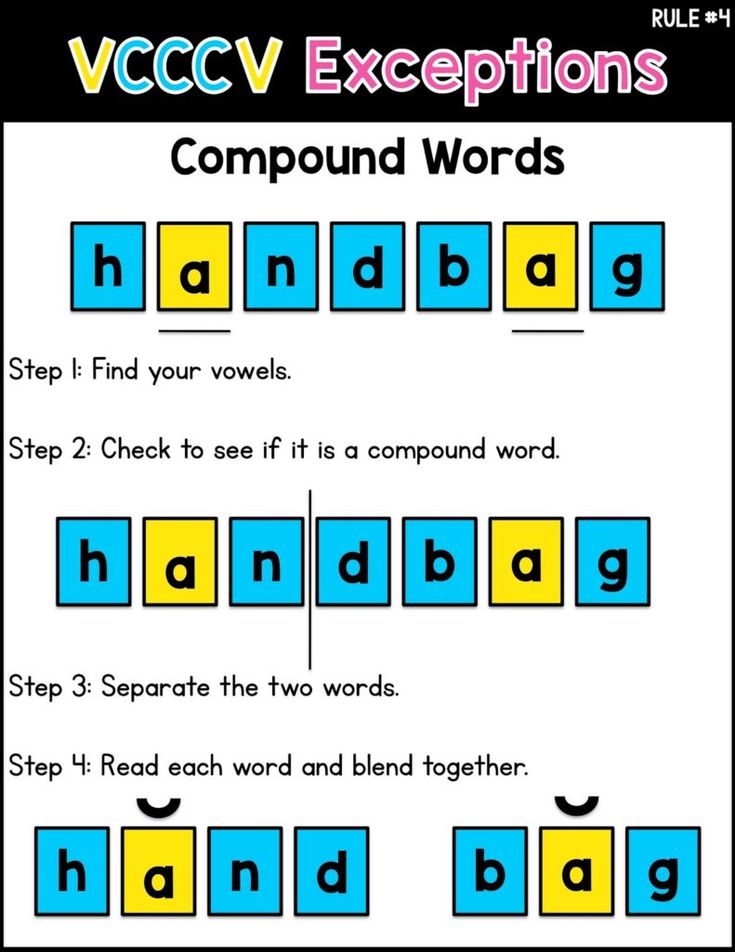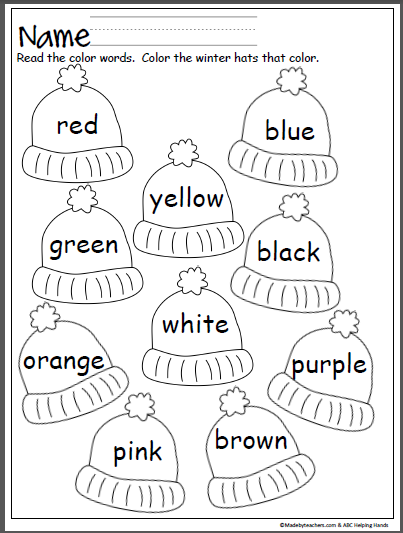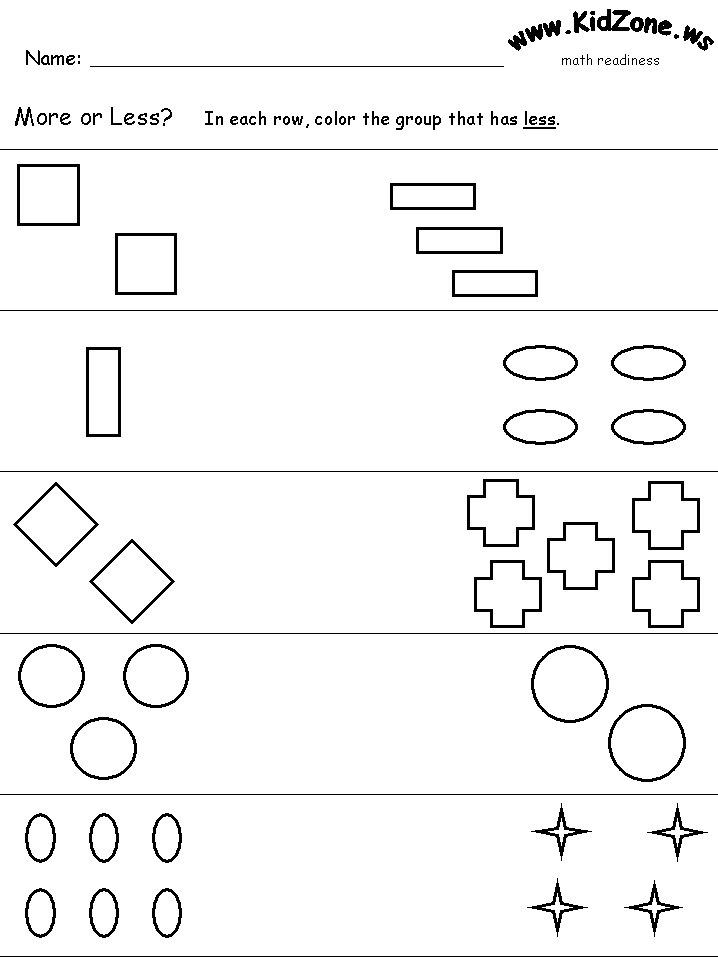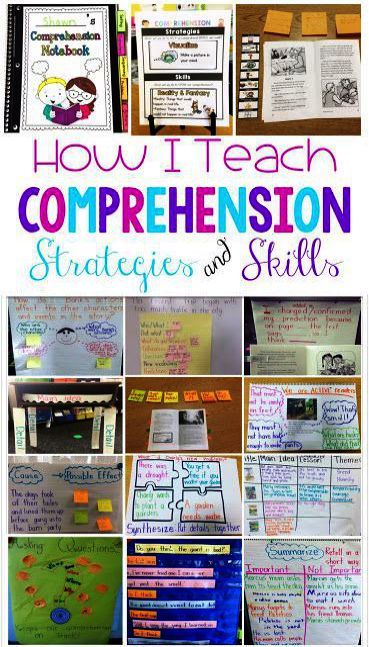Social emotional learning skills list
What Are Social Emotional Learning (SEL) Skills?
byDan Belenky
What Is Social Emotional Learning?
Social and emotional learning (SEL) is a key component of a positive educational experience and student development. It is the process through which students acquire and apply the knowledge, skills, and attitudes to develop healthy identities. From managing emotions to making responsible and caring decisions, a social emotional learning curriculum is integral to student success.
When students feel ready to take ownership of their experiences, they are more likely to succeed in school, have positive relationships, and achieve their goals. Many parents are curious to know more about these skills as well as how they can offer support for their students. We’ll review these key skills and identify some social emotional learning tips so you can help support your learner in further developing them.
Understanding the Key Social Emotional Learning Skills
There are many different frameworks and ways of thinking about SEL skills. One of the most used and widely accepted frameworks comes from the Collaborative for Academic, Social, and Emotional Learning (CASEL), who identifies five key skills.
1. Establishing and Maintaining Healthy Relationships
Positive relationships take communication, cooperation, negotiation, and many other skills. Encourage your student to get involved in things like team sports, clubs, or community activities to work on building healthy communication and relationship skills. If a conflict arises between them and someone else, try role-playing with your student to help them learn how to manage conflict and show empathy.
2. Making Responsible Decisions
Students need to be able to balance many personal, ethical, and social factors to make good choices. Helping your student understand consequences, whether positive or negative, can help them develop this skill and determine how to make the right choice for themselves and others.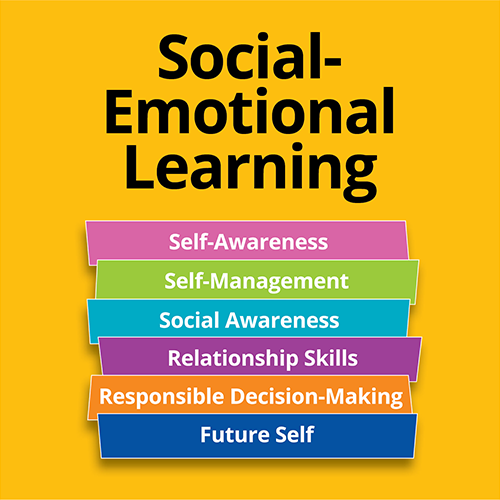 Teach your student strategies like making a pros and cons list, or playing “what if” to put themselves in a situation before it happens.
Teach your student strategies like making a pros and cons list, or playing “what if” to put themselves in a situation before it happens.
3. Empathizing and Understanding Social Awareness
Social awareness allows students to empathize with others and understand their perspectives. Developing this skill can help students to develop compassion, improve relationship skills, and, may introduce them to new ideas or approaches they would not have considered. Try having regular discussions using language your student understands about life circumstances, current world events, and historical challenges to help them understand other perspectives.
4. Establishing Self-Awareness
Identifying our own emotions is a learned skill, and it can take effort and practice to see how they impact our behaviors. Try talking to your student about exploring the way different emotions make us feel and act to help them build self-awareness. Note that the way you deal with your own emotions demonstrates real-world examples of self-awareness for your student.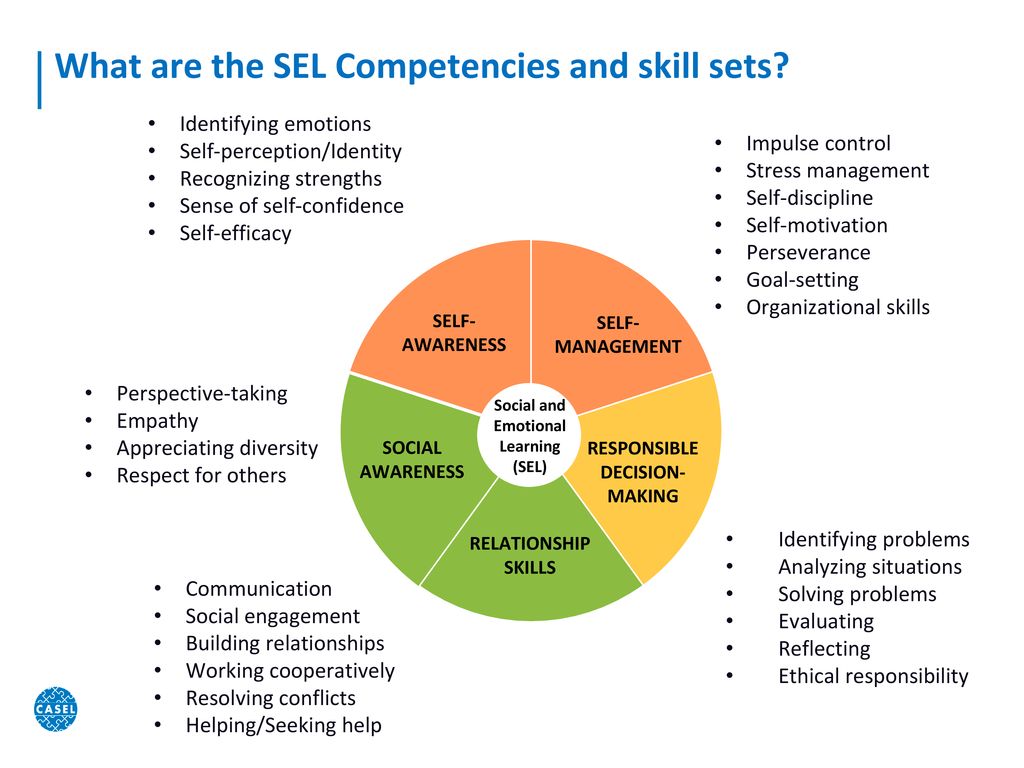
5. Exercising Self-Management
To achieve what you set out to do requires self-management. When it comes to self-management in the school context, there are three key components:
- Self-Control
Work with your student to understand how to manage their emotions and learn how to effectively exercise them in different situations. Explore social emotional learning activities like taking a deep breath, journaling, or talking through a problem—all of which can be effective ways of dealing with emotions at all ages.
- Regulating Goals
Goal regulation helps your student set and achieve the goals that will make them happy. Consider using a planner to practice time management. You can also help your student set SMART (Specific, Measurable, Attainable, Relevant, Time-based) goals and document their achievement. Not only will this allow your student to accomplish something they want to do, but their confidence level will increase simultaneously!
- Managing School Workload
Students will feel confident and thrive when they can effectively manage their school workload.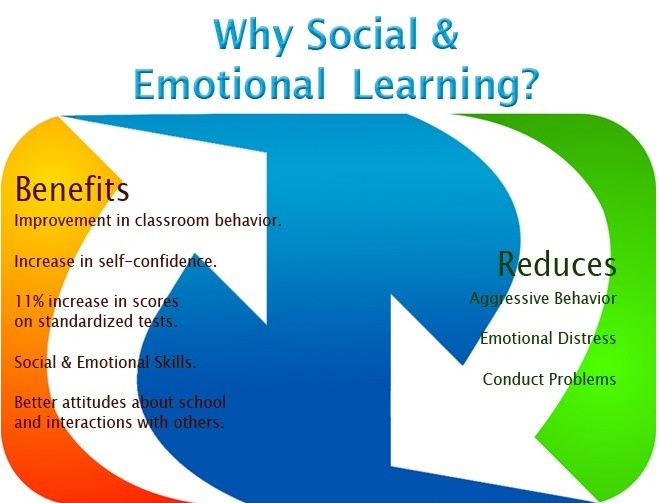 This is a great opportunity to start reviewing your student’s homework assignments and projects with them regularly, even every day. Make it a game, writing it all out, and producing an order in which to work on them. Give your student pep talks when they’re having a hard time—and ask them to give you pep talks too!
This is a great opportunity to start reviewing your student’s homework assignments and projects with them regularly, even every day. Make it a game, writing it all out, and producing an order in which to work on them. Give your student pep talks when they’re having a hard time—and ask them to give you pep talks too!
Online schools like Connections Academy® emphasize a social emotional learning curriculum. This approach gives your student a unique, well-rounded experience, which empowers them to be their best selves. If you are interested in exploring online school, attend a Connections Academy Information Session to learn more about the benefits of online school. It’s never too late to make the switch to a new school experience.
The 5 Social Emotional Learning (SEL) Core Competencies
Sep 04 2020
Positive Action Staff
•
SEL Articles
The primary goal of social and emotional learning is to improve student's capacity to establish and maintain healthy relationships through establishing a safe, positive, and mutually beneficial environment.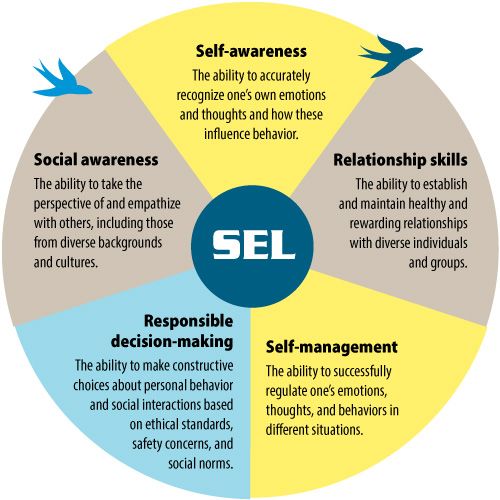
In terms of teaching S.E.L. to both children and adults, this is centered around improving your ability to access and use 5 essential core competencies. Although the competencies are all linked, they can be worked on in a variety of ways, with socio-emotional learning curricula providing the tools with which to hone these competencies.
What are Social Emotional Learning Competencies?
The five core competencies of social-emotional learning are designed to provide a clear framework from which to teach skills that will benefit students throughout their lives in situations ranging from school and work to families and other communities.
These competencies were selected for their ability to accurately pinpoint the skills required to succeed in multiple areas of life, ranging from achieving academic goals to feeling more confident in social interactions.
Nurturing these core competencies within individual students through social and emotional learning is a healthy and rewarding process that can subsequently have a positive effect on the groups of people that these students belong to.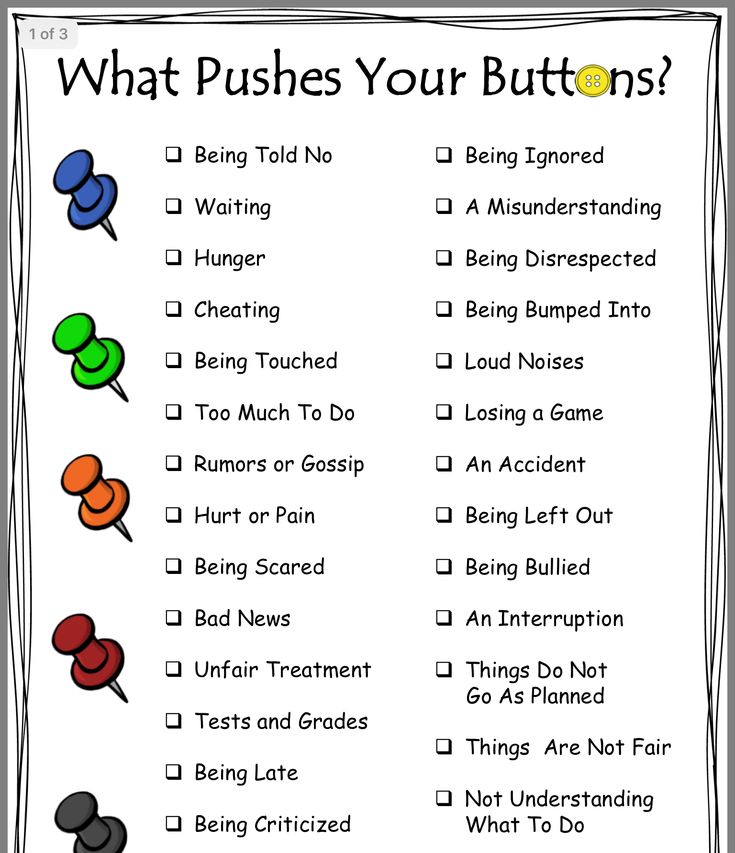
The 5 core SEL competencies
- Self-Awareness
- Self-Management
- Responsible Decision Making
- Social Awareness
- Relationship Skills
These competencies each focus on abilities vital to the social-emotional learning (SEL), and can be worked on through a variety of methods.
1. Self-Awareness
Self awareness is the ability to consider and understand your own emotions, thoughts, values, and experiences, and how these can influence your actions. Improving your self-awareness can allow you to more effectively identify your individual strengths and weaknesses in a range of areas, and therefore potentially improve your decision making and self management (two other core competencies).
Recognizing how your thoughts and feelings impact your behavior can encourage you to make positive changes in your life, and take the perspective that will provide new insight into your own decisions, interests and actions. Within the five core competencies, self awareness is essential as it not only fosters optimism and responsible decision making, but it also provides a foundation to establish and maintain healthy relationships with others.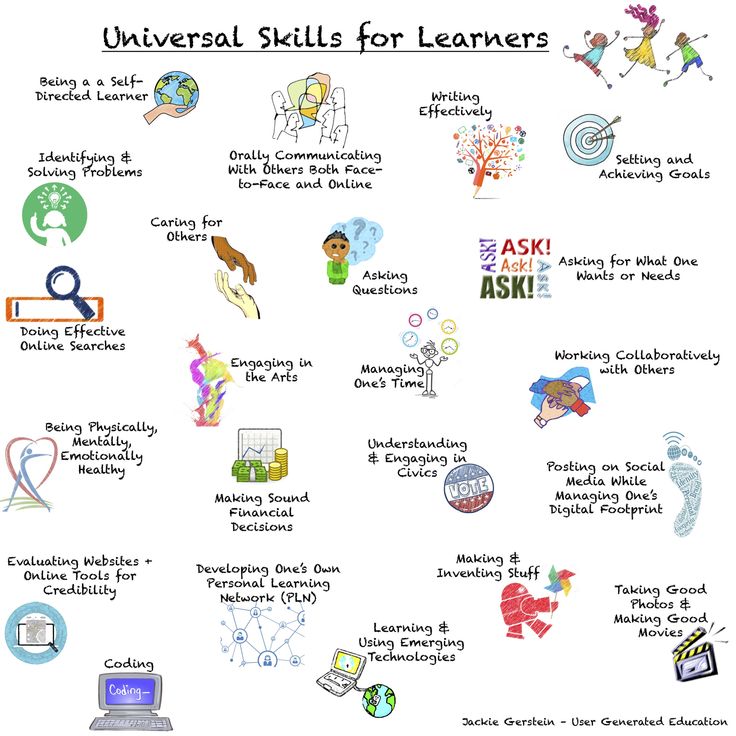
Self-Awareness Lesson: Be Honest With Yourself
Positive Action teaches self-awareness through an underlying philosophy that runs through seven units as the basis of all materials. The philosophy, which is taught in Unit 1, is that you feel good about yourself when you do positive actions.
This is brought to a conscious and practical level through a Thoughts-Actions-Feelings about Self- Circle which depicts how thoughts lead to actions and actions to feelings about yourself and then back to thoughts.
The Self-Awareness competency is instructed specifically in Unit 5, where students learn by being honest with themselves, they can accurately assess one’s strengths and limitations.
2. Self-Management
The self-management core competency focuses on an individual's ability to regulate and control their emotions, thoughts and behaviors. For example, this can mean improving areas like stress management, organizational skills, your ability to set goals, impulse control, and self-discipline.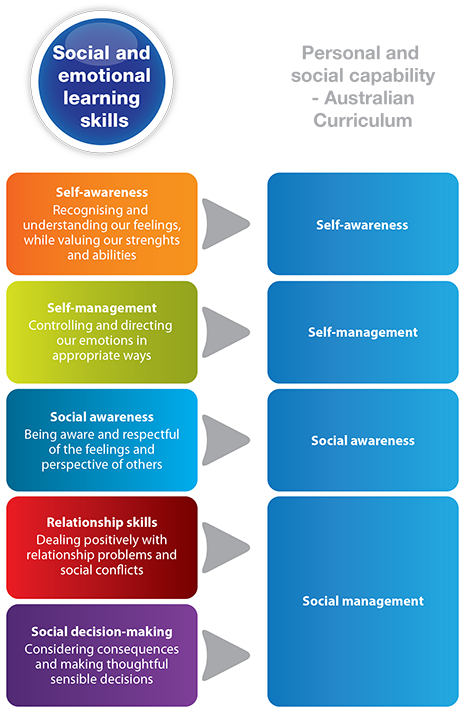
As well as leading to more responsible decision making and a greater awareness of safety concerns, improving your self-management can enhance your academic performance, your ability to set and work towards goals, and your ability to control emotionally driven behavior.
Utilizing a positive self-management strategy within an SEL teaching framework can take many forms, and is usually about self-reflection and undertaking a realistic evaluation of yourself so you can then take further actions (including those outlined in other competencies) constructively and positively.
Self-Management Lesson: Develop Impulse Control
The seven units that form the Positive Action SEL curricula all teach self-management. There are also specific units that apply directly to the self-management:
Unit 1 - Intrinsic motivation is taught through the philosophy and the Thoughts-Actions-Feelings Circle: you feel good about yourself when you do positive actions which assumes correctly that you want to feel good about yourself.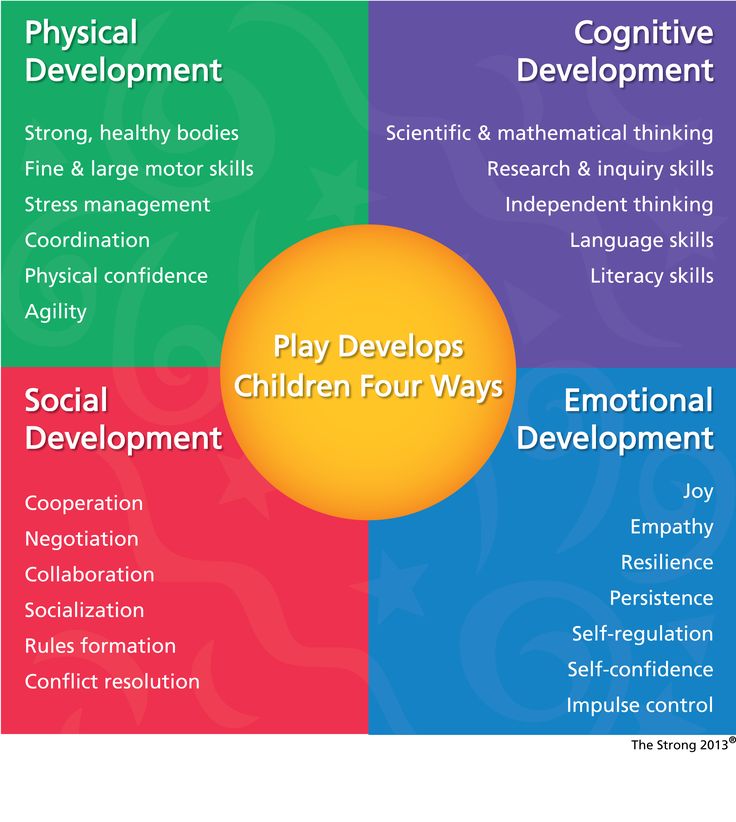
Unit 3 - Is specifically termed “Self-Management” and teaches that there are personal resources we all have to manage to feel good about ourselves, including our thoughts, actions, feelings (anger, fear, worry, jealousy, loneliness, anxiety and others).
This helps students address impulse control. Improvement in self-management and impulse control is a key link to positive academic and social-emotional success for students, and a highly functioning classroom environment.
Students are also taught that by managing other resources like their time, energy, money, possessions and talents, they will feel good about themselves and feel like they have more control over what happens to them in school and life.
Unit 6 - Lessons teach setting short- and long-term goals for your intellectual (academic) and personal goals for physical, social-emotional selves. The unit also teaches that you reach your goals by: believing in your potential, having courage to try, turning problems into opportunities and persisting (grit).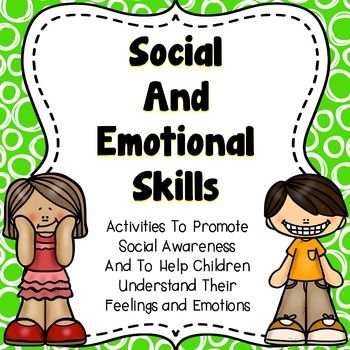
Grit, goals, perseverance, and growth mindset help turn student dreams and wants into reality. All seven units are about managing yourself by using positive actions for your whole self and are taught through multiple methodologies to illustrate and reinforce self-management concepts.
3. Responsible Decision Making
Responsible decision making is the ability required to make positive and constructive choices based on individual and social factors like personal and academic goals, ethical standards, safety concerns and social norms. It requires you to consider the consequences of different potential actions, understand your strengths and limitations, and to know when to ask for more help when needed in making certain important decisions.
As people navigate day to day life, they are required to make decisions both large and small in a broad variety of different situations, that all need attention and consideration for a positive outcome.
This may relate to how you choose to pursue your own personal goals, for example achieving certain school grades based on your strengths and limitations or improving your overall attitude, or it may pertain to social situations like choosing to take the perspective of another person or actively putting more time and energy into maintaining healthy relationships.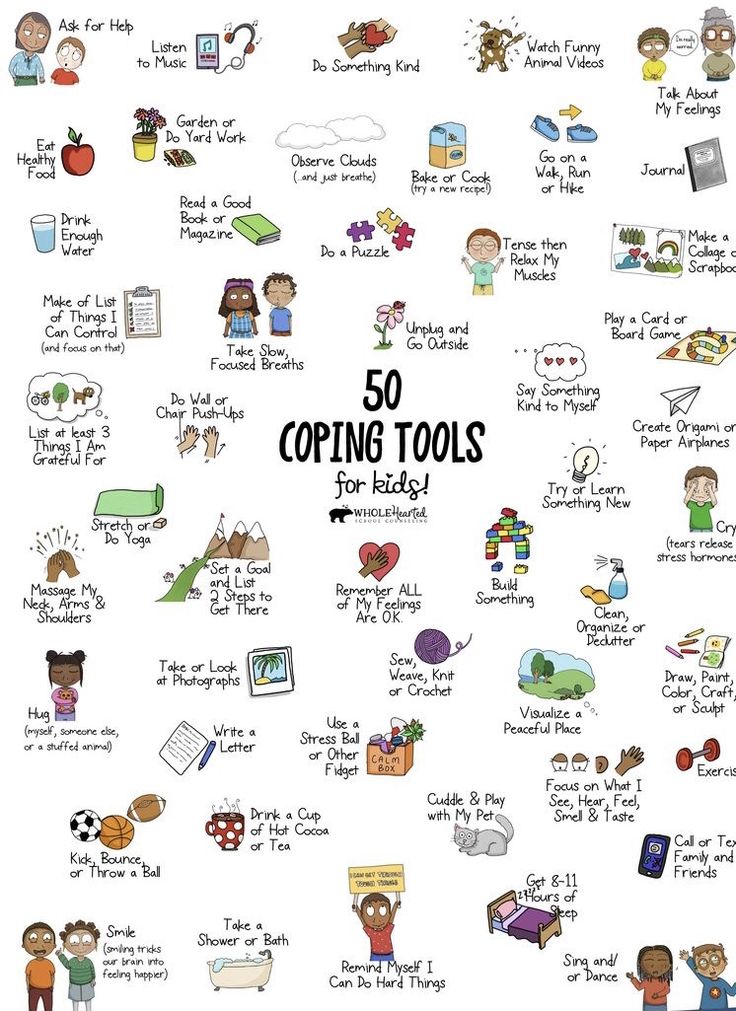
Responsible Decision-Making Lesson: Make Positive Decisions
In Unit 2 responsible decision-making is taught directly as well as also being inferred in all seven units—how to make positive choices versus negative ones and how to know what positive and negative decisions would look like in all parts of the self: physical, intellectual, social and emotional. In this unit (Intellectual positive actions) students in select grade levels are also taught how to use “The Problem-Solving, Decision-Making Checklist”.
4. Social Awareness
The social awareness competency is about improving skills like your ability to empathize with others, your ability to take the perspective of those in different situations to you, your awareness of other diverse individuals and groups, and your ability to make sure you are treating others fairly.
This can help you to establish and maintain healthy relationships and social interactions, and therefore have a positive impact on your family, school and community, especially when undertaking social-emotional learning within these groups.
With regards to equity and diversity, greater social awareness can assist your ability to understand the perspective of and empathize with other individuals, particularly surrounding characteristics like gender, race, religion, age, culture, class and financial circumstances, and will ensure that your ability to make decisions in social settings like school takes diversity into account.
Social Awareness Lesson: Relating to Others
Unit 4 teaches students the ability to take perspective and empathize with others from diverse backgrounds and cultures. Positive interactions are based on competencies that are promoted by SEL, like empathy, respect, kindness, listening actively, cooperation and fairness.
In this unit, Positive Action SEL also teaches understanding social and ethical norms for behavior by teaching the Golden Rule, an established norm for behavior, which is to treat others the way you would like to be treated.
Unit 1, students are taught through SEL to be aware of who influences and supports them in school, family and community and to turn to them when they are in need.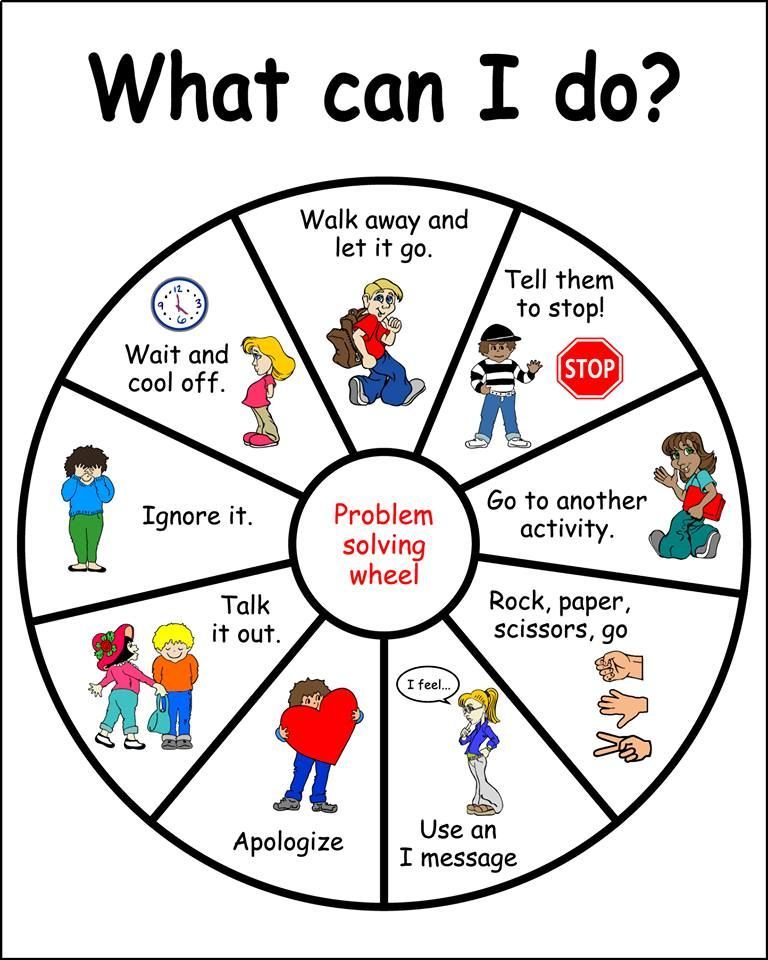 Beyond just social awareness in individual interactions, students learn to develop a social web of connections between friends, family, and community.
Beyond just social awareness in individual interactions, students learn to develop a social web of connections between friends, family, and community.
5. Relationship Skills
The relationship skills competency concerns your ability to make positive connections with others, as well as your ability to take their emotions into account in different situations and social interactions, in order to establish and maintain healthy, mutually rewarding relationships.
This also includes skills like listening well, communicating effectively, understanding appropriate and inappropriate social behaviors, your ability to compromise, your ability to consider the emotions, thoughts and values of others, and your ability to take the perspective of and empathize with others.
As well as in personal situations with family and friends, relationship skills are important at school with peers and teachers, and in professional areas with colleagues and bosses. If you have the ability to make positive relationships with those you learn and work with, you are contributing to a more positive school or work environment.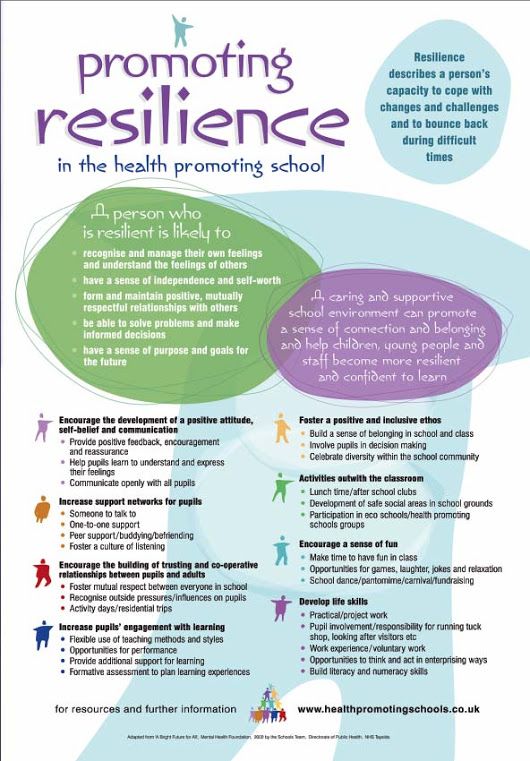
Relationship Skills Lesson: Treating Others How You'd Like to Treated
The same principles that are taught in Unit 4 for social awareness are at work in building relationship skills. Teaching students to treat others the way they like to be treated is fundamental to building positive relationships. The focus is on the other person, instead of yourself, and how to treat them positively and when that happens, relationships will work better.
Positive Action has a Conflict Resolution Plan, that supports SEL, integrated into Unit 4 that teaches students how to resolve conflicts by looking at some main ways they like to be treated and asking them if they are treating the others involved in the conflict that way i.e., are you being respectful to others, empathetic, kind, cooperative, fair and listening actively? If they find they are not, they try to correct it.
Conclusion
The five SEL competencies (self-awareness, self-management, responsible decision making, social awareness, and relationship skills), are vital to the teaching and understanding of social and emotional learning at school.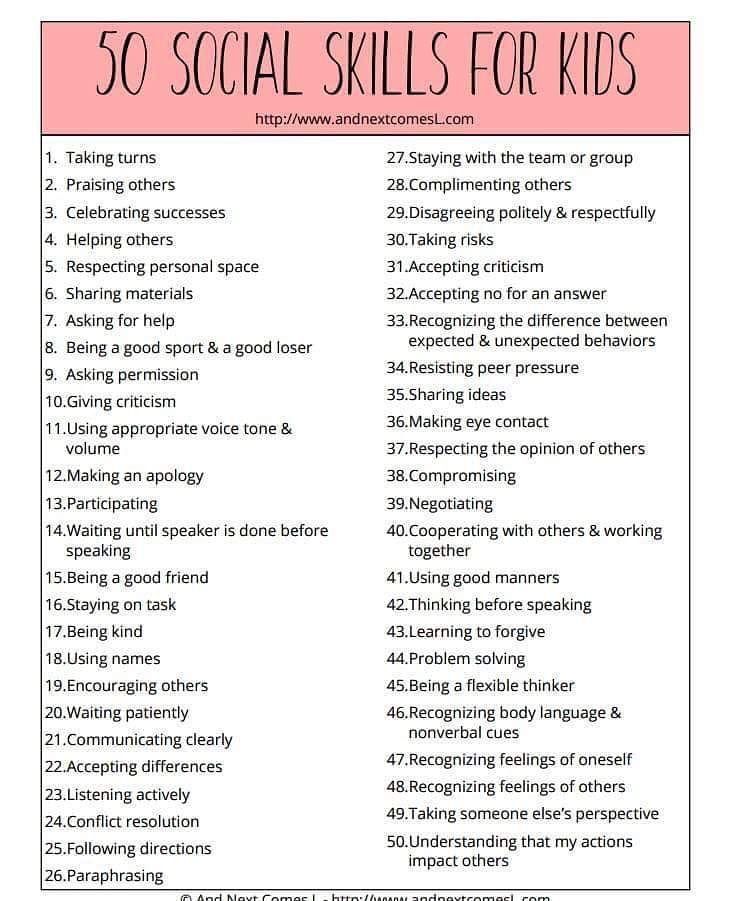
Based on the foundational idea that you should treat others the way you would want to be treated, social-emotional learning programs in all of the SEL competencies listed, to provide students with the ability to live a happy, fulfilling, and positive life.
The 5 Social Emotional Learning Skills Needed by Lagging Students
The Highly Emotional Adolescent Brain
Teenagers are notorious for being emotional and impulsive. It turns out that the teenage brain is to blame.
Thanks to neuro-technologies that allow us to literally look into the brain, we now have a neurological explanation for the disproportionate impulsivity of adolescents, their desire for risk and hypersensitivity to peer pressure.
Simply put, the development of the adolescent "rational brain" or prefrontal cortex lags behind the development of the "emotional brain" or limbic system of the brain. This means that executive function skills such as impulse control and emotion regulation often lose out to strong desires for instant gratification and peer approval.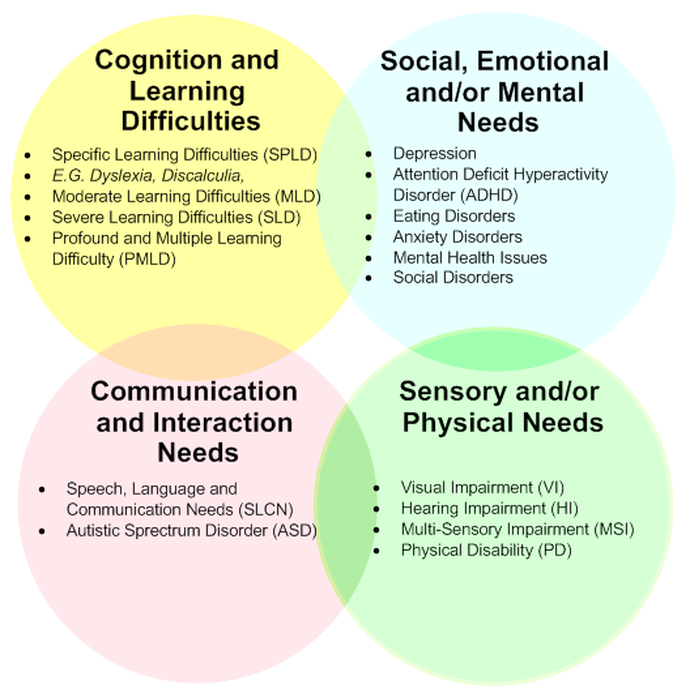 And emotions like stress, frustration, or embarrassment cause a short circuit in the prefrontal cortex of the brain, making learning difficult.
And emotions like stress, frustration, or embarrassment cause a short circuit in the prefrontal cortex of the brain, making learning difficult.
It is therefore no wonder that students who are lagging behind in reading and learning are in such dire need of support for social-emotional learning (SEA). For such students, a specific reading teaching methodology that includes SEA skills is likely to be more effective than a traditional reading development program. An example of such a technique is Fast ForWord with its latest programs Foundations and Elements (for high school students). This technique was developed by eminent US neuroscientists and is aimed at developing the areas of the brain responsible for speech, reading and cognitive functions - key elements for successful learning.
The social-emotional impact of reading retardation
When students lag behind in reading, their self-confidence drops as they realize they are lagging behind their peers.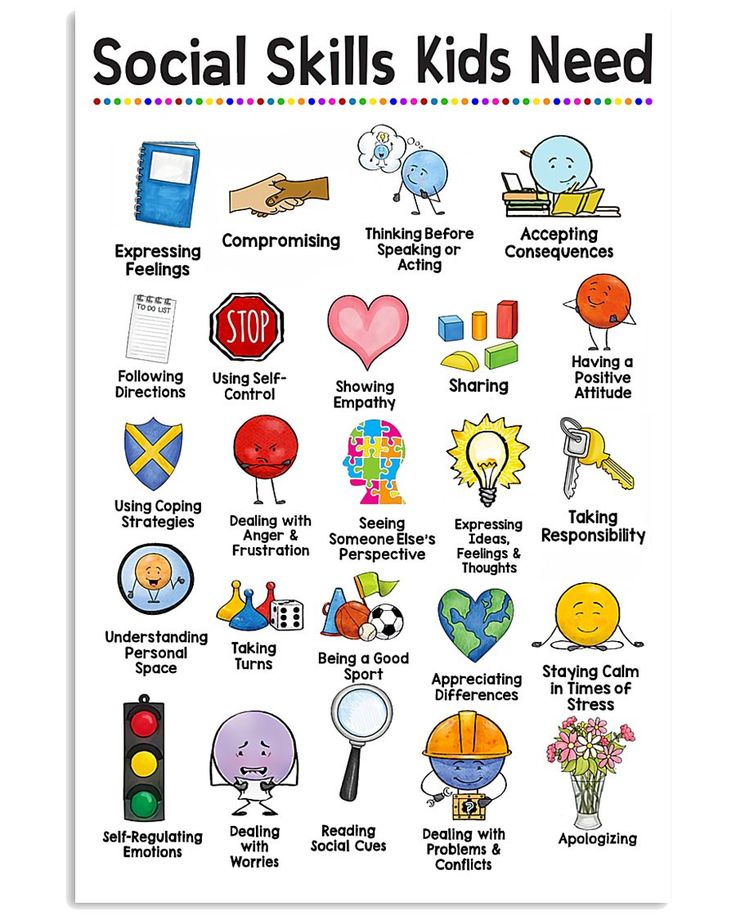 By the time they become teenagers, they may feel socially and emotionally isolated. Thus, a domino effect begins due to a lack of motivation to try to catch up, frustration in learning and, ultimately, low expectations from one's own prospects. Often students' negative emotions lead to their destructive behavior, which affects their relationship with peers and teachers, leading, among other things, to lesson disruptions, neglect or lack of participation in class work.
By the time they become teenagers, they may feel socially and emotionally isolated. Thus, a domino effect begins due to a lack of motivation to try to catch up, frustration in learning and, ultimately, low expectations from one's own prospects. Often students' negative emotions lead to their destructive behavior, which affects their relationship with peers and teachers, leading, among other things, to lesson disruptions, neglect or lack of participation in class work.
The best approach to overcome these socio-emotional barriers to student achievement is to develop social-emotional skills. As best-selling author and education expert Eric Jensen states in his book Teaching with the Brain in Mind, “Emotions and the mind do not exist separately; emotions, thinking and learning are interconnected.”
But social-emotional learning is a big topic. What priorities should secondary school teachers set in teaching? Here are five social-emotional learning skills that are especially important for students in adolescence, and how the Foundations and Elements programs develop SEA skills and reading/learning skills at the same time.
The Five Socio-Emotional Learning Skills for High School Students
At school. A series of repeated failures often leads to self-doubt and even conviction of one's own stupidity.
The real problem is often not learning disabilities, but finding the right way to unlock the true, limitless potential of students. And when students begin to achieve academic success, their confidence skyrockets, which in turn helps them to study even better, and this cycle continues endlessly.
The secret to success lies in the 80:20 ratio between success and difficulty. This proportion is provided by classes that are not too difficult, so as not to suppress the motivation to study, and at the same time, classes are not too easy, forcing the student to work hard.
Students who regularly fall behind their peers in class are not used to a consistent 80% success rate. But if you arrange classes in such a way that these students are successful 80% of the time, they experience a surge of confidence that they can achieve their goals, instead of feeling overwhelmed by the fact that they are wrong all the time.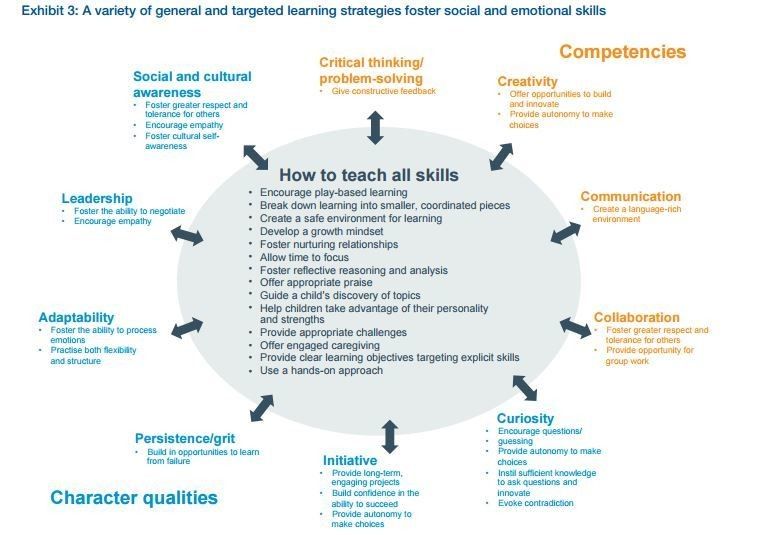 The dopamine rush that accompanies this success also fires up students' intrinsic motivation to keep learning and succeeding.
The dopamine rush that accompanies this success also fires up students' intrinsic motivation to keep learning and succeeding.
Foundations and Elements are the latest Fast ForWord programs for slow learners. The exercises in these programs are constantly adapted to the student's abilities, the curriculum is designed to ensure that the student can consistently give at least 80% correct answers, with optimally timed rewards that keep students engaged and willing to learn. This system helps build self-confidence and ensures success in reading and learning.
2. Healthy self-esteem
Students' increased confidence in their ability to learn and succeed creates a new sense of self - healthy self-esteem. Instead of thinking "I can't do this" or "I'm stupid", they set themselves up for success by believing in themselves: "I'm smart!".
One of the components of healthy self-esteem is flexible thinking, the belief that education makes a person successful, and not some intangible, innate ability to learn. The validity of this belief is rooted in the ability of the human brain to change, called neuroplasticity (brain plasticity). Neuroplasticity is the state of the brain as a flexible, experiential organ that can be constantly reprogrammed throughout life. Thanks to this, a person is never too late to learn new skills.
The validity of this belief is rooted in the ability of the human brain to change, called neuroplasticity (brain plasticity). Neuroplasticity is the state of the brain as a flexible, experiential organ that can be constantly reprogrammed throughout life. Thanks to this, a person is never too late to learn new skills.
After early childhood, adolescence is the time when the brain is at its most plastic, with incredible potential for continued learning. Thus, teenagers who need to strengthen their learning ability and confidence will greatly benefit from the development of flexible thinking.
Educators and parents can instill flexible thinking in middle school students by thinking through their speech. When a student says, "I can't do it," the teacher can gently correct him, "You can't do it yet. But you can! When a child says, "I'm giving up," the parent can support, "I'll help you find another way to deal with this." Teachers and parents should avoid making statements like "it's easy" and instead make sure their students know that "it's okay to have trouble. "
"
One of the leading neuroscientists who elucidated the role of human brain plasticity in learning was Michael Merzenich, often referred to as the "father of neuroplasticity." He is one of the founders of the Fast ForWord methodology, which uses neuroplasticity to effectively train the brain in speaking and writing, cognitive skills, and social-emotional skills at the same time. This is what flexible thinking means in action!
3. Self-management
Self-management is the ability to regulate one's actions, thoughts and emotions for purposeful behavior leading to the achievement of goals. As evidenced by a recent EdSurge article, high school students are successful when their self-management skills are developed.
Teenagers strive for independence and self-reliance, and educators can help them develop the self-management skills they need to succeed. Self-management skills include the ability to focus on the current task, goal setting, planning, and time management.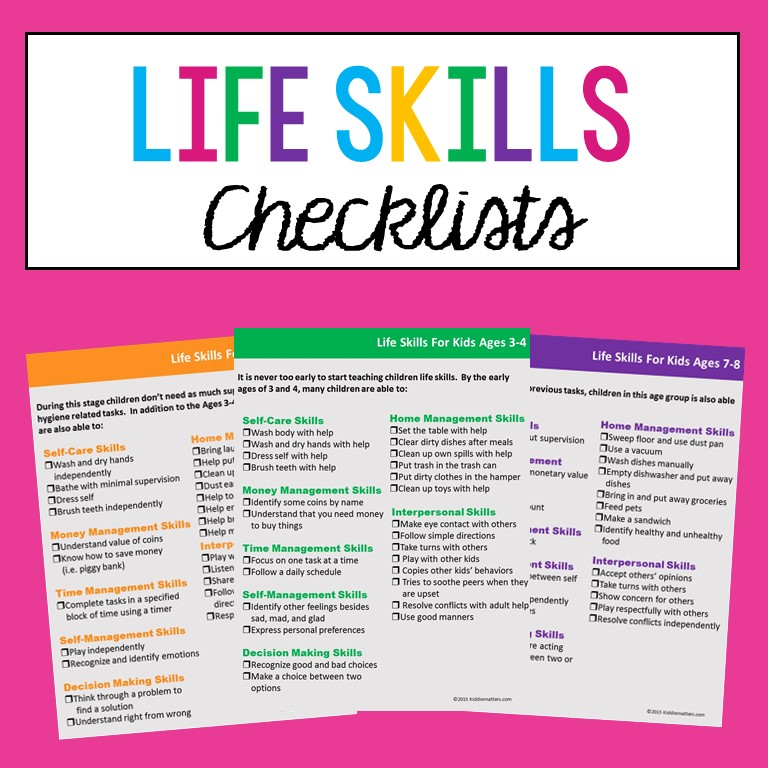
Some of the Foundations and Elements exercises are specifically designed to develop attention skills, developing the cognitive ability to stay focused on a task. For example, SonoLab is an exercise that requires students to listen carefully to a series of sounds and press a button as the sound changes. In essence, it trains the brain to concentrate and not act impulsively.
Students also develop self-management by reviewing the "Today's Report" at the end of each session, tracking their own progress. As students evaluate how well they achieved their goals during each session, being single-minded becomes a habit and they improve their self-management skills.
4. Self-defense
Self-protection is closely related to self-management, that is, the ability to constructively support one's own interests and security both independently and when seeking help or support when necessary.
Some students find self-defense easy. These are the students who raise their hands during the lesson, ask questions, and even ask for an extension of the deadline for assignments when extenuating circumstances arise.
These are the students who raise their hands during the lesson, ask questions, and even ask for an extension of the deadline for assignments when extenuating circumstances arise.
Other students—usually those who are not confident in their academic or speaking skills, who fear embarrassing themselves in front of their peers, or who fall behind so often that they lose interest in learning—have not developed self-defence skills. Unfortunately, when these students encounter barriers to their academic progress, they don't seek the help they need. They don't ask for clarification when they don't understand the assignment. They miss deadlines.
Fortunately, today's technology offers a socially safe environment where students can access more information or practice more when difficult or confusing tasks come up, all without potentially embarrassing scenarios. And when students get used to seeking and receiving help on their own, with the help of a computer program, they can learn to seek help from a teacher or peers when they need it.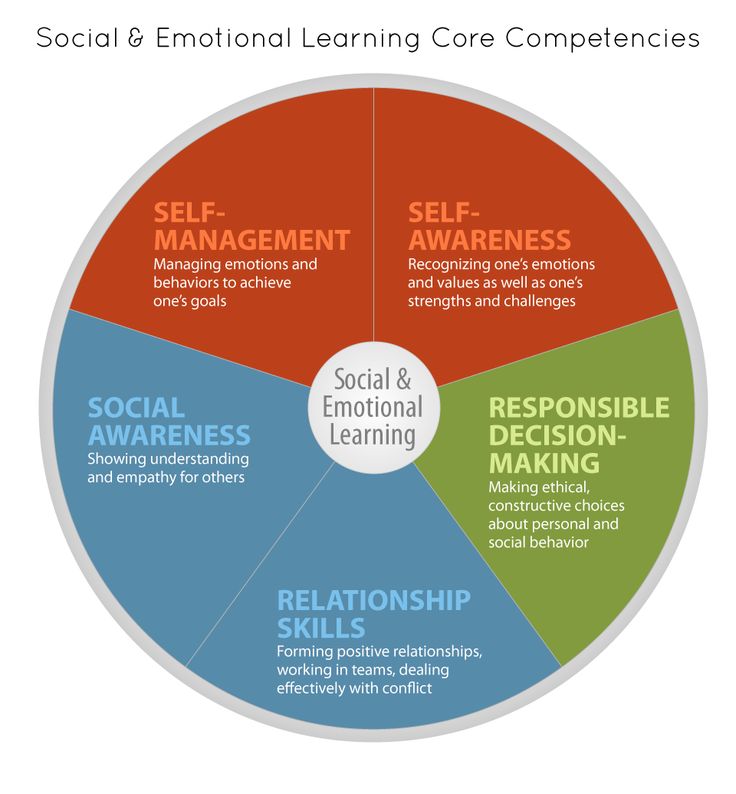
In Fast ForWord programs, such self-protection tools are implemented in the form of operational interventions. For example, if a student is having difficulty in any of the exercises, they can click on the question mark button in the top navigation bar to practice in "help" mode without affecting their progress or accumulated points. This socially safe self-help mechanism allows the student to learn at their own pace and seek the help they need without risking peer judgement.
5. Self-control
Finally, self-management and self-protection combine to create self-control, to control the execution of all points to achieve the goal. Essentially, self-control is the student's ability to take responsibility for their own learning. As students develop the skills needed to become responsible adults, self-control becomes an important social-emotional learning ability.
From the very beginning of every lesson in Fast ForWord, students practice self-control.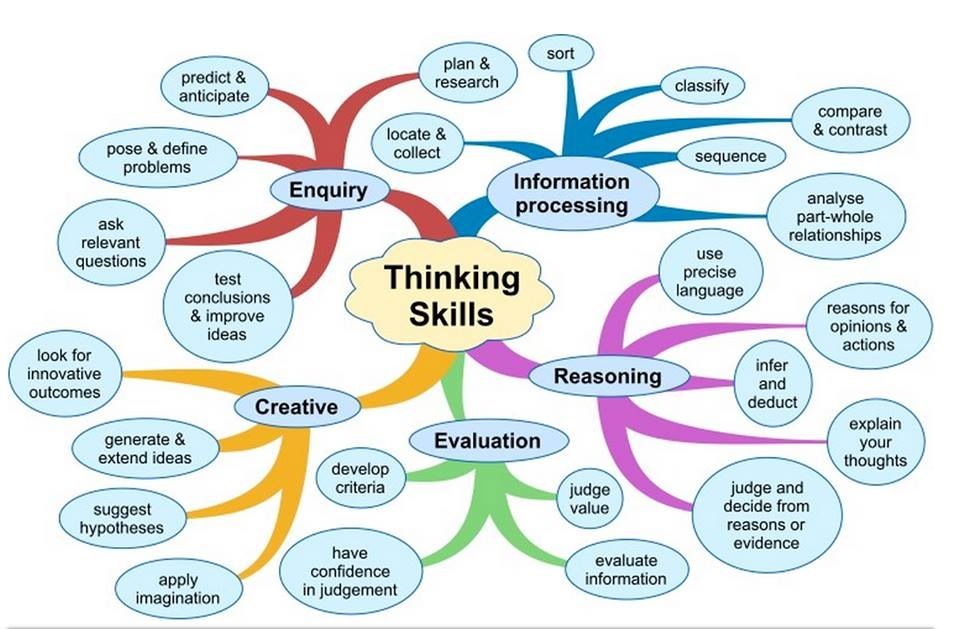 In the "Today's Assignment" menu, the student chooses which exercise to start with. Within each exercise, the student is responsible for the quality and completeness of their work; whether the lesson was completed; whether it is necessary to use the built-in help for additional practice, and for which exercise to move on to.At the end of each session, the student tracks their daily progress in the "Today's Report", enters the data into motivational tables and assesses whether the goals have been achieved.
In the "Today's Assignment" menu, the student chooses which exercise to start with. Within each exercise, the student is responsible for the quality and completeness of their work; whether the lesson was completed; whether it is necessary to use the built-in help for additional practice, and for which exercise to move on to.At the end of each session, the student tracks their daily progress in the "Today's Report", enters the data into motivational tables and assesses whether the goals have been achieved.
What's more, because Fast ForWord Foundations and Elements are online programs, students can easily work with them at home, giving them even more opportunities to practice self-organization and self-control.
Conclusions
Teenagers have special social-emotional learning needs due to their rapidly developing brains. Five social-emotional learning skills that can be especially useful for middle and high school students are self-confidence, healthy self-esteem, self-management, self-protection, and self-control.
Along with developing the language, writing, and cognitive skills needed for academic success, Fast ForWord Foundations and Elements help children develop the skills they need to self-manage and protect themselves. The combination of these two factors gives the student a sense of confidence in their ability to learn and exercise free will, providing a sense of control over tasks and their successful completion. During this process, the child develops healthy self-esteem and sees himself for who he really is - a capable student with great potential for success.
Retrieved
Want to quickly help your child overcome reading and learning difficulties? Use the advanced, evidence-based online educational methodology Fast ForWord!
Sign up for trial classes - don't put off helping your child!
SIGN UP
Useful material? Share with friends!
Social-emotional skills at school. Part 1.
As part of project “University Environment for Teachers” of the Moscow Department of Education at the HSE Institute of Education presented a program of several lectures, which were also attended by employees of the Educational Spaces Design Studio.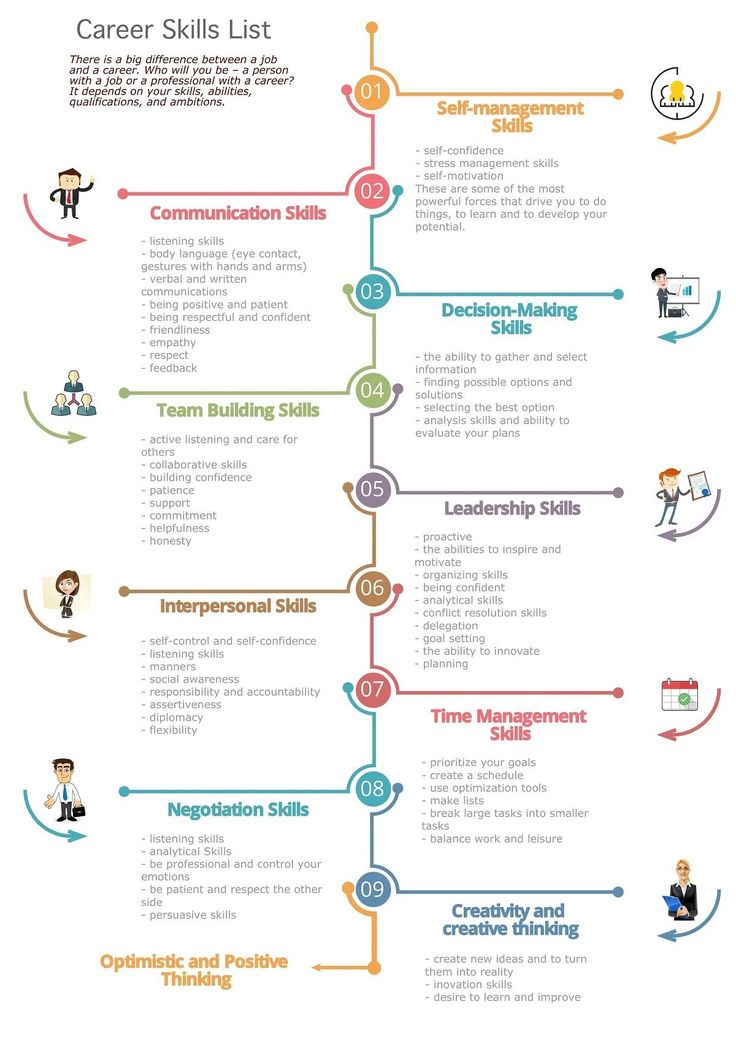 This article will focus on lecture “Forms of work in the classroom that contribute to the development of social and emotional skills of students” , author — Tatyana Kanonir , associate professor, PhD, co-director of the master's program “Measurements in Psychology and Education”.
This article will focus on lecture “Forms of work in the classroom that contribute to the development of social and emotional skills of students” , author — Tatyana Kanonir , associate professor, PhD, co-director of the master's program “Measurements in Psychology and Education”.
There has been a lot of talk lately about the importance of developing social-emotional skills. The educational standards of basic and primary schools in Russia require the formation of students, along with subject educational results, meta-subject and personal educational results. It is under personal educational results that social-emotional skills are hidden.
Social Emotional Skills (SES) are skills that enable people to recognize and manage their emotions, successfully manage conflicts, understand and empathize with others, establish and maintain positive relationships, follow ethics, contribute constructively to their reference communities, set and achieve goals.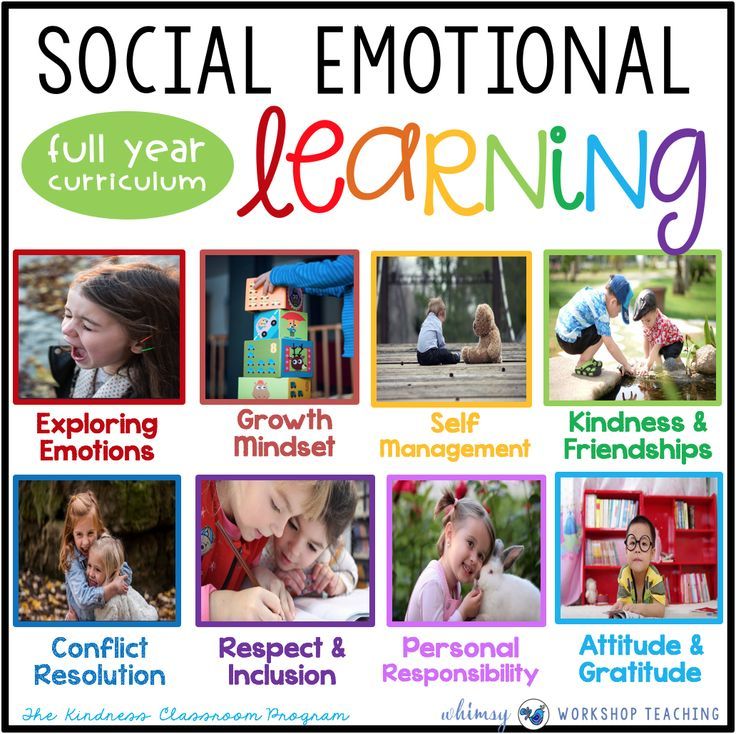
Different terms are used to refer to these “non-cognitive” skills: Soft Skills or “soft skills”, 21st century skills, emotional intelligence ... All of these concepts differ from each other in breadth of coverage and context of use, but have similar features: conceptual independence on cognitive abilities, overall value for social adaptation, relative stability over time, potential for change as a result of exposure , situational manifestation.
In this article we will focus on 2 social-emotional skills
- Achieving goals : working towards achieving short and long-term goals, including in changing conditions:
- sustainability (ability to maintain stable performance for a significant amount of time),
- self-control (the ability to control one's state in the process of performing a task),
- striving for a goal (awareness of the need to achieve the goal - independent or set by the teacher).
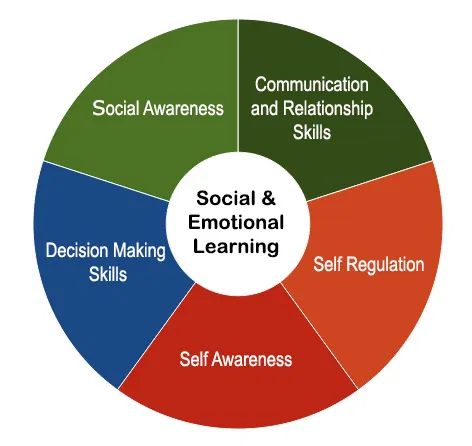
- Collaboration with others : Building productive relationships with peers and adults (as a couple, in a group, by invitation or alone):
- sociability (ability to establish and maintain social contacts),
- respect (tact and respect for peers and adults, including those from other cultures),
- caring (disinterested assistance to the interaction partner).
Exercises that will help teachers in the development of students of these socio-emotional skills
1. Formation of goals achievement
Exercise : mutual assistance in achieving individual goals (conducted in small groups)
- 9 The teacher begins the lesson by telling the children about the difficulties people often face in achieving their own goals, and suggests the most common strategies for overcoming these obstacles, writing the main points on the board.
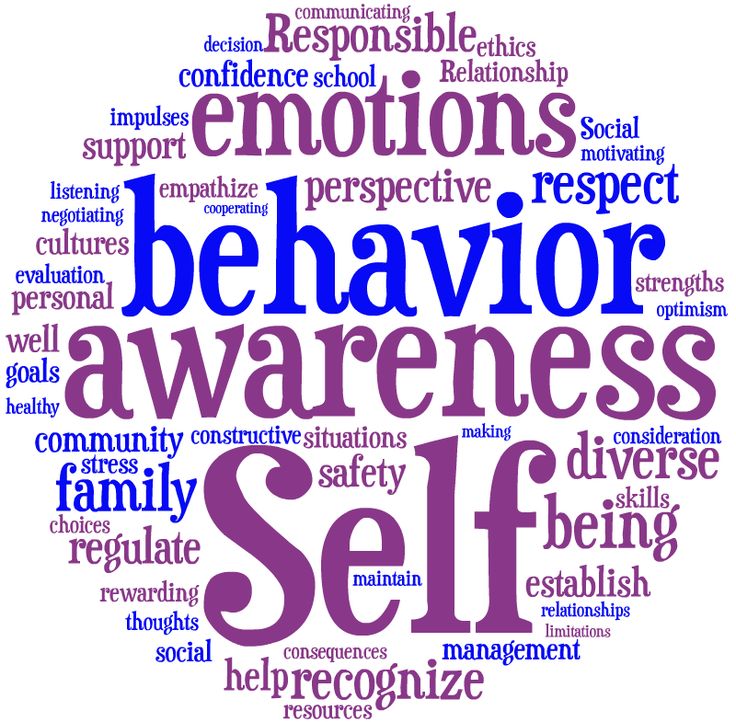 For example, it could be a list like this:
For example, it could be a list like this: - frustration (depending on the audience, a more understandable term may be used, such as depression) that the goal is too difficult. Possible strategies: relaxation, distraction, break from work.
- boredom . Possible strategies: set a shorter-term goal, give yourself a reward (such as a break or ice cream). too lazy to do the task. Possible strategies are: assign yourself a reward, think about how you will feel when you complete the task, or that if you do not study, you will let the whole group down.
- anxiety due to fear of failure . Possible strategies: remember situations in which everything worked out, relaxation techniques.
- Then the teacher formulates in writing an individual educational (or near-academic) goal for each of the children (it is better to do this work in advance) and divides them into groups.
- Children sit in a circle, each voices his goal and names the possible obstacles to achieving it.
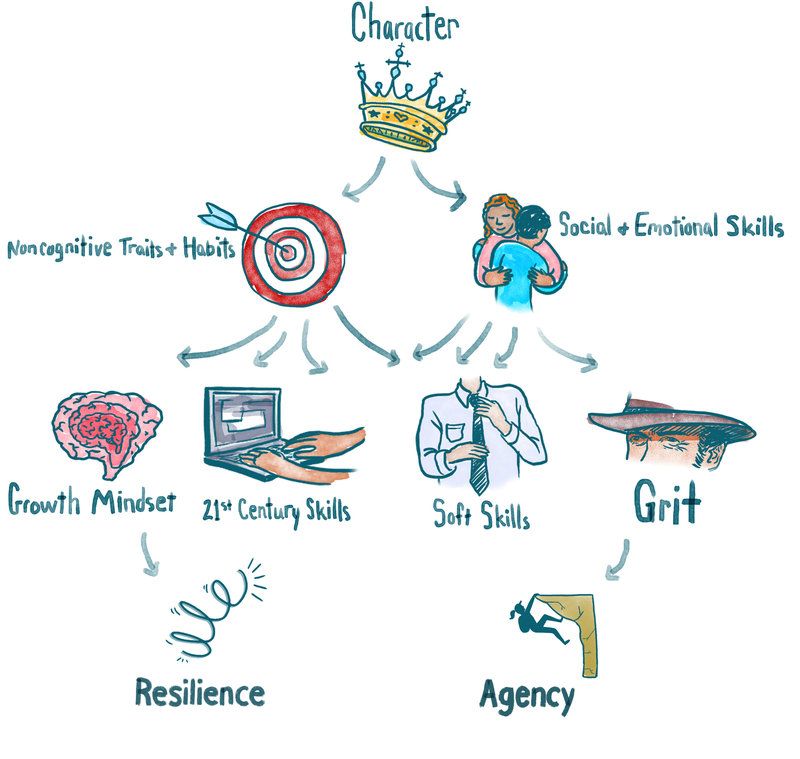 The rest of the group suggests possible solutions based on the information on the board or their own experience, and also try to suggest one action that they personally could help another child (for example, “I can call you on Friday and remind you that in you have to do the weekend…”, “I can call and find out how you are doing…”, “I can explain to you the material that you don’t understand…”, etc.).
The rest of the group suggests possible solutions based on the information on the board or their own experience, and also try to suggest one action that they personally could help another child (for example, “I can call you on Friday and remind you that in you have to do the weekend…”, “I can call and find out how you are doing…”, “I can explain to you the material that you don’t understand…”, etc.). - In the following week, students discuss in groups their progress towards their goals, how they felt when their classmates helped them, what kind of help was most helpful.
Expected results : children learn to anticipate barriers to achieving a goal and think in advance about possible options for overcoming them, children learn to help others achieve their goals, ask for help and accept it.
2. Learning how to work with others
Exercise : learning together
projects - for example, to study material about a country, continent, scientist, physical phenomenon, etc.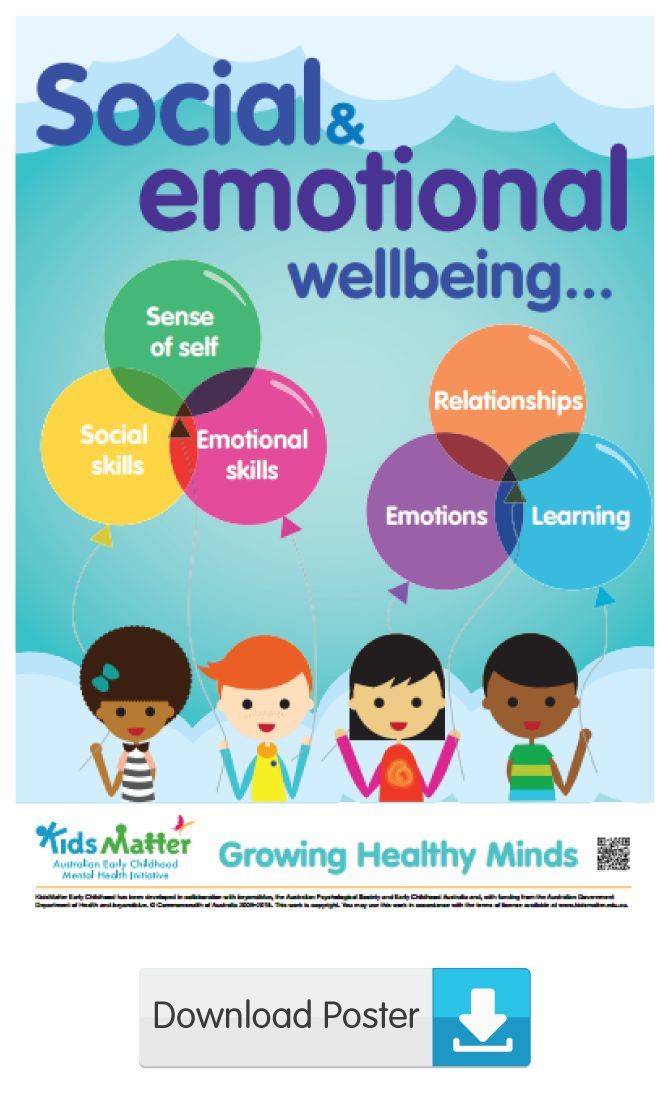 ,
,
This exercise can have many variations, for example, “brain rings”, “debates” of representatives of different historical eras, etc.
According to the head of the Educational Spaces Design Studio Rai Ivanovskaya, the task of forming and developing SES among students can definitely be solved with the help of designing the school space:
forgot about the goals set (by the teacher or by themselves) - you can make a special stand in the class , on which they could write their goals, indicate the planned deadlines for achievement, indicate the expected obstacles and how they eventually coped with them.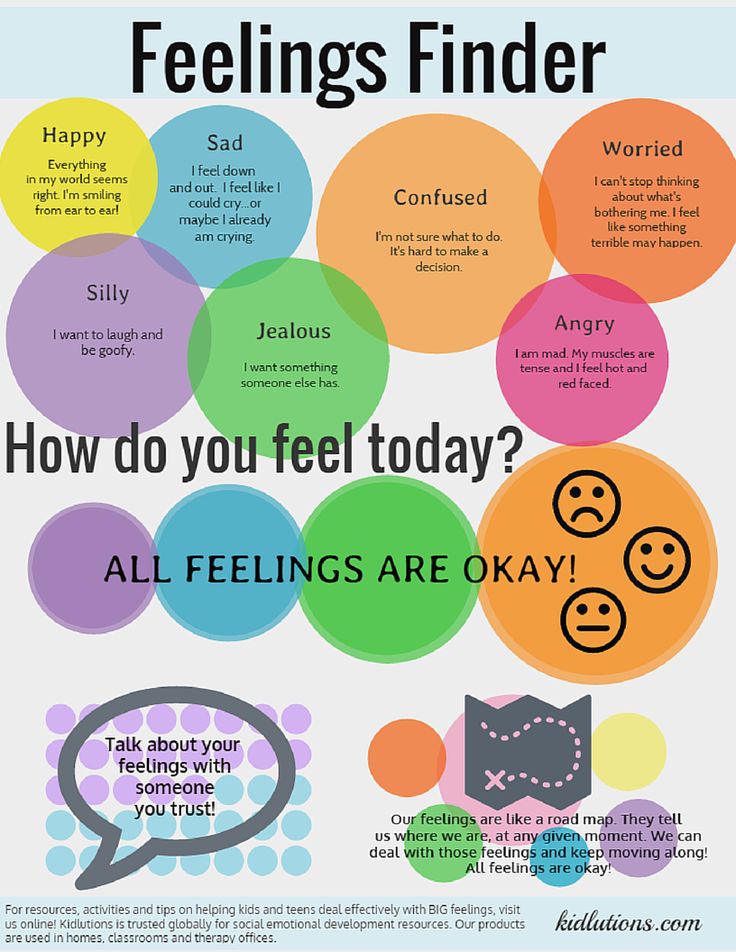 That is, this information is constantly “in sight” (the guys will not forget), and is also a demonstration of their success. In the event that someone does not cope with the task on their own, this is also visible and the teacher can “hint” to the students that their help and support is required (and this is already a manifestation of caring - that is, the skill of working together).
That is, this information is constantly “in sight” (the guys will not forget), and is also a demonstration of their success. In the event that someone does not cope with the task on their own, this is also visible and the teacher can “hint” to the students that their help and support is required (and this is already a manifestation of caring - that is, the skill of working together). The stand itself must be visually attractive in design (with motivating phrases, for example), made of modern materials (marker film, cork, etc.) - so that children would be “pleasant” and interested in interacting with it.
Educational space design studio: we turn boring school interiors into bright and beautiful ones! View our work in the PORTFOLIO section.
By the way
Many currently existing SES assessment tools have disadvantages: they are based on purely local experience, data on the psychometric quality of methods are not published, there are practically no references to international experience, experience is often designed for individual assessment and is not scaled, and the result of assessment depends on the skills of the teacher and his attitude towards a particular student.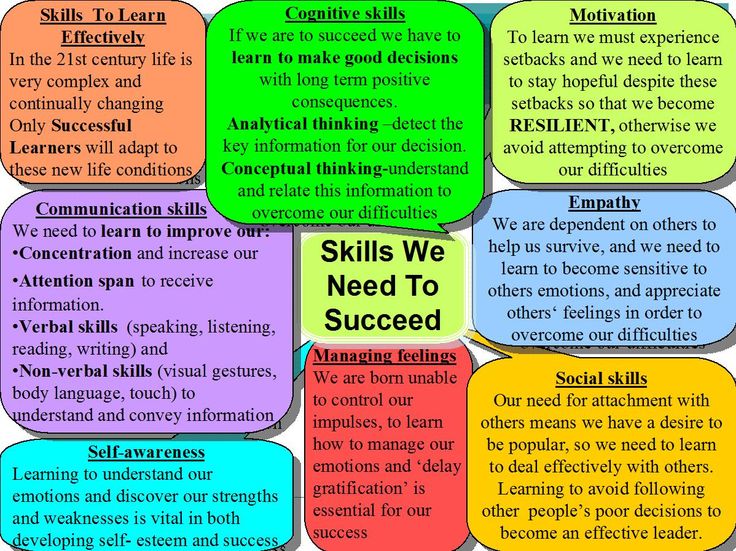 However, if we do not have SES assessment tools, then we cannot draw conclusions about their development, can we?
However, if we do not have SES assessment tools, then we cannot draw conclusions about their development, can we?
The HSE Education Quality Monitoring Center, together with the Sberbank Charitable Foundation “Investment in the Future”, conducted a large-scale study of social and emotional skills in primary and secondary schools, based on an international research framework, associated with the Federal State Educational Standards for Primary and Basic Education, which resulted in developed monitoring evaluation tools.
It is important that the school as a whole (that is, different teachers) have a unified system of work on the social and emotional development of children, and coordinated work within the teaching team, which is organized systematically and purposefully, is also important.
Target audience of SES development methods:
- whole class or whole school,
- risk group or children with a specific problem area (e.g.
